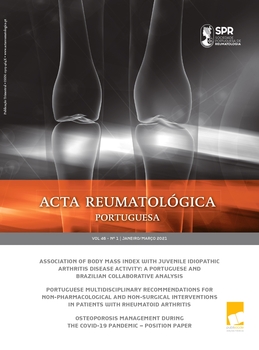Bone mineral density and fracture risk in prediabetes: a controlled cross-sectional study
Authors
Ulaş Serkan Topaloğlu; Kemal Erol;
Objectives: There is comparatively scarce data on bone health in prediabetes (PD). This study aimed to evaluate osteoporosis, fracture risk, and to determine related factors in adults with PD comparing them with healthy participants.
Materials and Methods: A controlled, observational, cross-sectional study was conducted. All post-menopausal women and men aged over 65 years were recruited from a tertiary care hospital. A total of 120 participants (90 prediabetic, 30 control group) were enrolled in the study. All participants were screened for clinical status, Dual-Energy X-ray Absorptiometry(DEXA) was used to assess for osteoporotic fracture risk factors, and then the Fracture Risk Assessment Tool (FRAX) was calculated.
Results: Age, gender, body mass index (BMI), presence of obesity and insulin resistance, and risk factors for osteoporotic fracture were similar between groups. Frequency of osteoporosis was higher in the PD group (p=0.045). Bone mineral density (BMD) and T scores of the lumbar and femoral neck regions were lower in the PD group (p=0.042, p=0.039, p=0.039, and p=0.042, respectively). Although there were statistically significant differences in BMD and T scores, 10-year probability of hip fracture and major osteoporotic fracture were similar in both groups. In the femoral neck region, BMD and T scores were weakly and negatively correlated with age. FRAX-major was correlated positively and weakly with age and FRAX-hip was positively and weakly correlated with age and negatively weakly correlated with BMI.
Conclusions: Almost one quarter of the post-menopausal prediabetic women had osteoporosis and osteoporosis was more common in the prediabetics than in the normoglycemic control group participants. While evaluating prediabetics, it is important to assess bone mineral density.
Ulaş Serkan Topaloğlu
Kemal Erol
Kemal Erol





